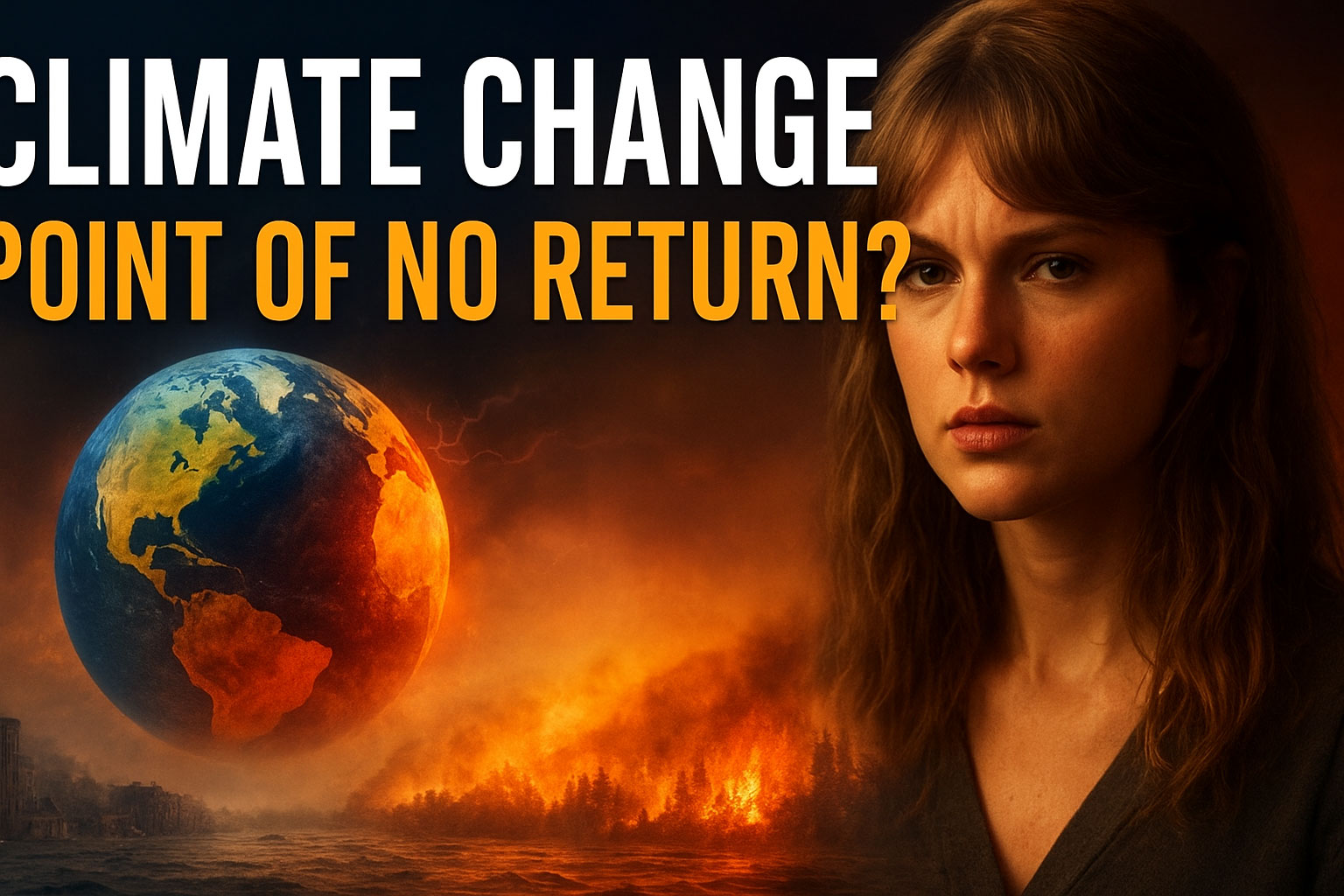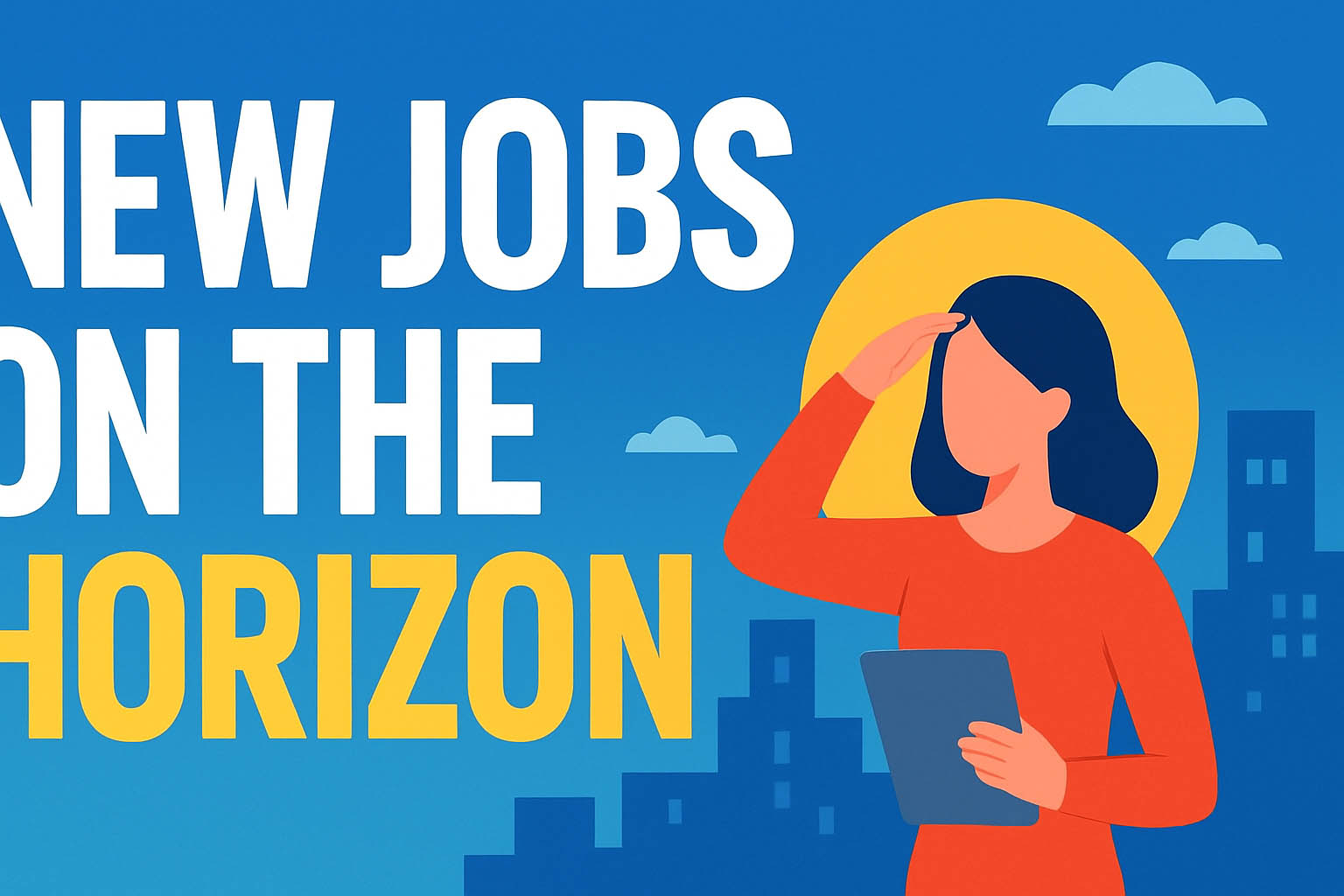Climate change is no longer a distant threat looming on the horizon—it is here, reshaping our planet with alarming speed. Rising global temperatures, devastating floods, prolonged droughts, and increasingly severe storms all point to one pressing question: are we approaching the point of no return?
The Science Behind the Crisis
According to the Intergovernmental Panel on Climate Change (IPCC), global temperatures have already risen by 1.1°C since the pre-industrial era. While this may sound small, even half a degree has drastic consequences. Melting glaciers in the Arctic, rising sea levels threatening coastal cities, and the extinction of species are just a few signs that Earth’s delicate balance is being disrupted.
If temperatures rise by 1.5°C to 2°C, scientists warn that the world could face irreversible tipping points, such as the collapse of ice sheets in Greenland and Antarctica or the permanent loss of coral reefs that sustain marine life.
Real-World Impacts We See Today
The effects are no longer confined to research papers—they’re visible all around us. Pakistan’s devastating floods in 2022 displaced millions, while Europe and North America are facing record-breaking heatwaves. Wildfires in Canada, Australia, and California are becoming seasonal norms rather than rare catastrophes.
These disasters not only claim lives but also destroy infrastructure, cripple economies, and deepen inequalities. Poor and developing nations, despite contributing the least to global emissions, are bearing the heaviest brunt.
The Role of Human Negligence
While climate change is natural to some extent, the accelerated crisis is man-made. Burning fossil fuels, deforestation, and unregulated industrialization have pumped billions of tons of greenhouse gases into the atmosphere. Governments have been slow to respond, with promises of green policies often lost in political debates and short-term economic interests.
Technology: A Double-Edged Sword
Technology offers both hope and danger. On one hand, renewable energy, electric vehicles, and carbon capture could provide sustainable solutions. On the other hand, unchecked industrial growth and reliance on fossil fuels are pushing us closer to environmental collapse. The real question is whether humanity can deploy technology responsibly and at the scale required before time runs out.
Global Cooperation – A Race Against Time
International agreements like the Paris Climate Accord were historic steps, but most countries are falling short of their commitments. The challenge is not just about signing treaties but about implementing concrete action:
- Reducing carbon emissions.
- Investing in renewable energy.
- Protecting forests and biodiversity.
- Supporting climate adaptation in vulnerable regions.
Without global unity, the fight against climate change becomes nearly impossible.
Is There Still Hope?
Experts believe the window of opportunity is closing fast—but it is not yet shut. If drastic measures are taken within the next decade, the world may still avoid the worst consequences. Every action matters, from adopting sustainable lifestyles to holding corporations and governments accountable.
The Point of No Return
If humanity continues on its current trajectory, the point of no return could be reached within the lifetime of today’s young generation. At that stage, climate change will no longer be manageable—it will become an uncontrollable force reshaping civilizations.
The choice is clear: act now or face a future where natural disasters, food shortages, and climate-driven conflicts become the new normal. The world has the resources, the science, and the technology. What it needs is the political will and collective determination to save the planet.



